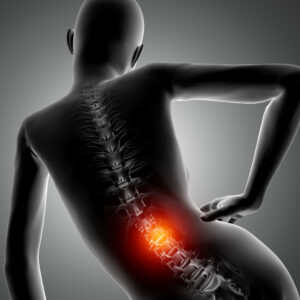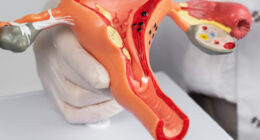Back pain is a prevalent problem that impacts millions of individuals globally. Whether it’s due to poor posture, muscle strain, or underlying medical conditions, dealing with back pain can significantly impact your quality of life. In this blog, we’ll explore the causes of back pain, effective strategies for relief, and preventive measures to keep your back healthy and pain-free.

Understanding Back Pain
Back pain can manifest in various ways, from dull aches to sharp, stabbing sensations. It can occur in the upper, middle, or lower back and may be acute (lasting a few days to a few weeks) or chronic (lasting months or even years). Common causes of back pain include:
1. Muscle Strain: Overexertion, lifting heavy objects improperly, or sudden movements can strain the muscles and ligaments in your back, leading to pain.
2. Poor Posture: Sitting or standing with improper posture for extended periods can put a strain on your spine and lead to discomfort.
3. Herniated Discs: The discs between the vertebrae in your spine can bulge or rupture, putting pressure on nerves and causing pain.
4. Degenerative Conditions: Conditions like osteoarthritis, spinal stenosis, and degenerative disc disease can cause chronic back pain as the structures in your spine deteriorate over time.
5. Injuries: Accidents, falls, or sports injuries can damage the spine or surrounding tissues, resulting in pain.
Effective Strategies for Back Pain Relief
1. Hot and Cold Therapy:
– Apply a heating pad or hot pack to the affected area for 15-20 minutes to relax tense muscles and improve blood flow.
– Alternatively, use a cold pack or ice pack wrapped in a cloth for 10-15 minutes to reduce inflammation and numb pain.
2. Physical Therapy and Exercise:
– Consult a physical therapist for targeted exercises and stretches to strengthen your back muscles, improve flexibility, and alleviate pain.
– Incorporate low-impact activities like swimming, yoga, or walking into your routine to keep your back healthy and mobile.
3. Pain Medications:
– Over-the-counter pain relievers, such as ibuprofen or acetaminophen, can be effective in reducing pain and inflammation.
– For severe pain, your doctor may prescribe stronger medications or muscle relaxants.
4. Posture Correction:
– Maintain good posture to reduce strain on your back while sitting, standing, and lifting objects.
– Use ergonomic chairs or lumbar support cushions to support your lower back when sitting for extended periods.
5. Massage Therapy:
– Regular massages can help relax tight muscles, improve circulation, and promote healing in your back.
– Consider seeing a licensed massage therapist or using a handheld massager for self-massage at home.
6. Acupuncture:
– Acupuncture involves the insertion of thin needles into specific points on the body to alleviate pain and encourage healing.
– Some people find acupuncture to be effective in reducing back pain and improving overall well-being.
7. Mind-Body Techniques:
– Practices like mindfulness meditation, deep breathing exercises, and guided imagery can help reduce stress, which may exacerbate back pain.
– These techniques promote relaxation, improve mood, and may lessen the perception of pain.
Preventive Measures for Back Pain:
1. Maintain a Healthy Weight:
– Excess weight puts strain on your spine and can contribute to back pain. To manage your weight effectively, it’s important to maintain a healthy diet and engage in regular physical activity.
2. Practice Proper Lifting Techniques:
– Bend at your knees and use your legs, not your back, to lift heavy objects. Avoid twisting while lifting.
3. Stay Active:
– Regular exercise strengthens your back muscles, improves flexibility, and reduces the risk of back pain. Include a mix of aerobic, strength-training, and stretching exercises in your routine.
4. Use Supportive Footwear:
– Wear comfortable, supportive shoes that provide adequate arch support to help maintain proper posture and reduce strain on your back.
5. Take Breaks and Stretch:
– If you have a desk job or sit for long periods, take frequent breaks to stand, stretch, and walk around.
– Incorporate stretching exercises for your back, legs, and hips into your daily routine to maintain flexibility and prevent stiffness.
6. Quit Smoking:
– Smoking can impair blood flow to your spine and hinder the healing process. Quitting smoking can improve overall back health and reduce the risk of back pain.
7. Invest in Ergonomic Furniture:
– Use ergonomic chairs, desks, and computer setups to support proper posture and reduce strain on your back while working or studying.
Back pain is a common and often debilitating condition, but it doesn’t have to control your life. By understanding the causes of back pain, adopting effective relief strategies, and implementing preventive measures, you can manage your back pain effectively and enjoy a healthier, pain-free lifestyle. It’s important to seek personalized advice and treatment options from healthcare professionals based on your specific needs.











